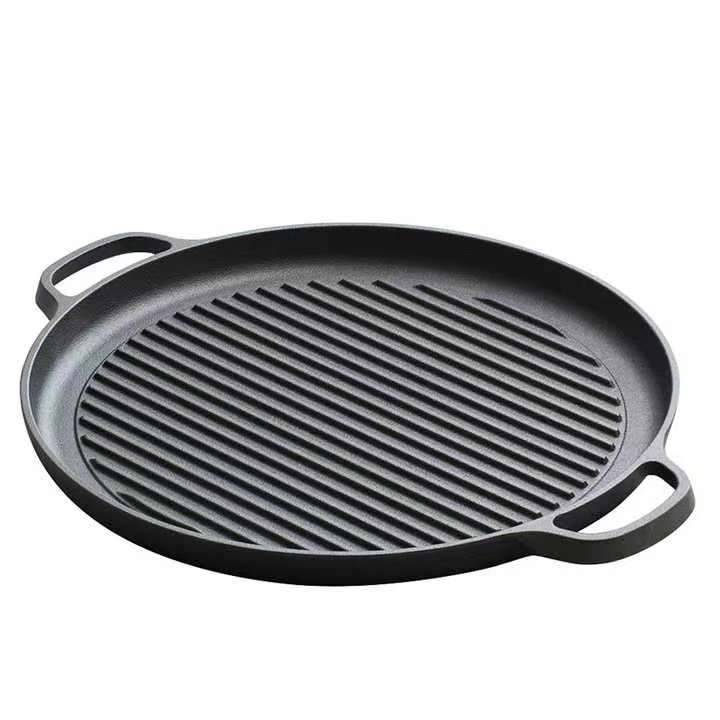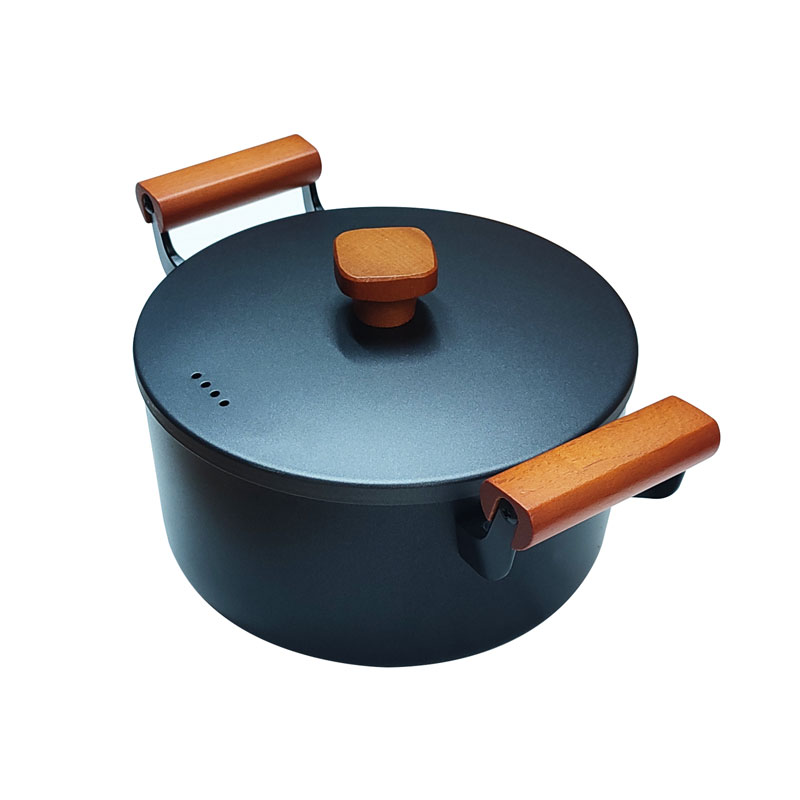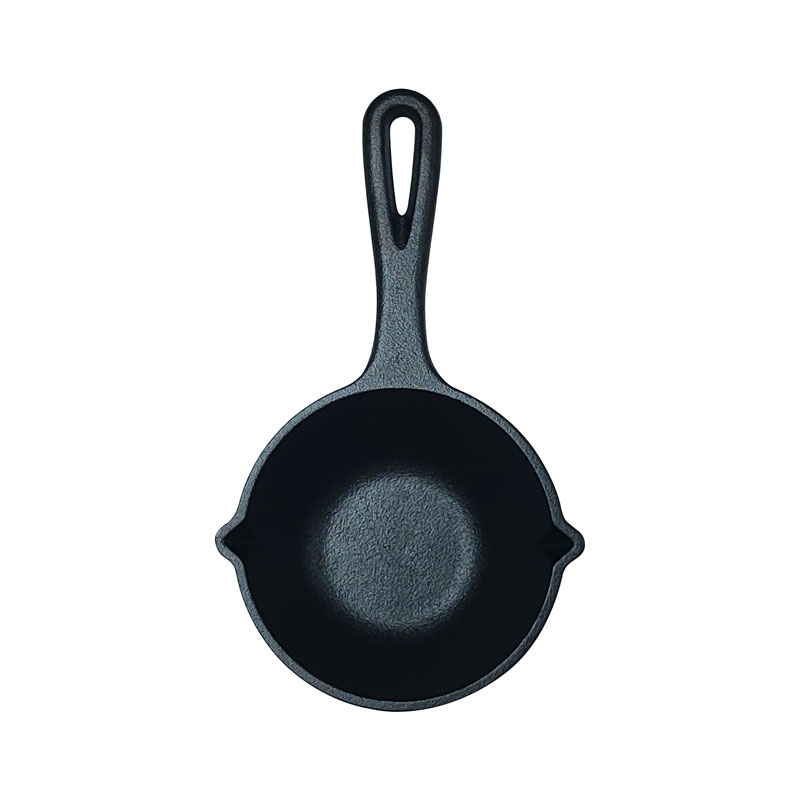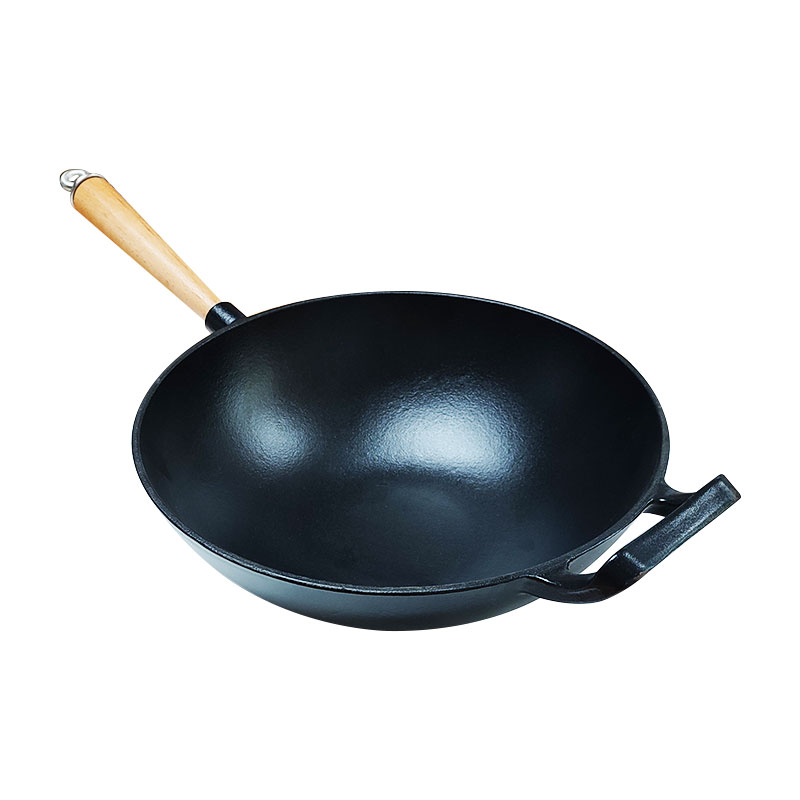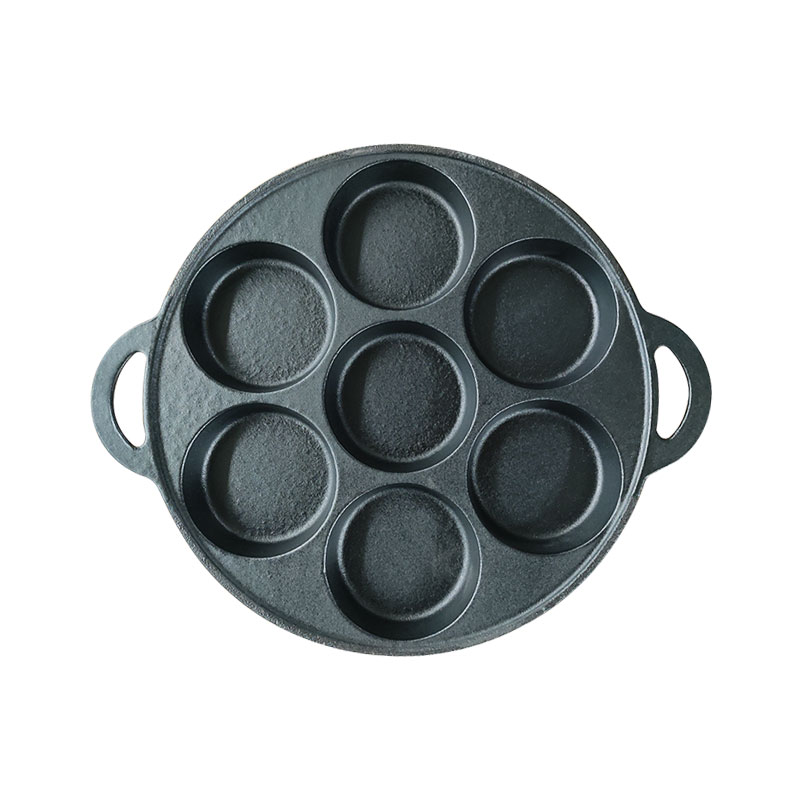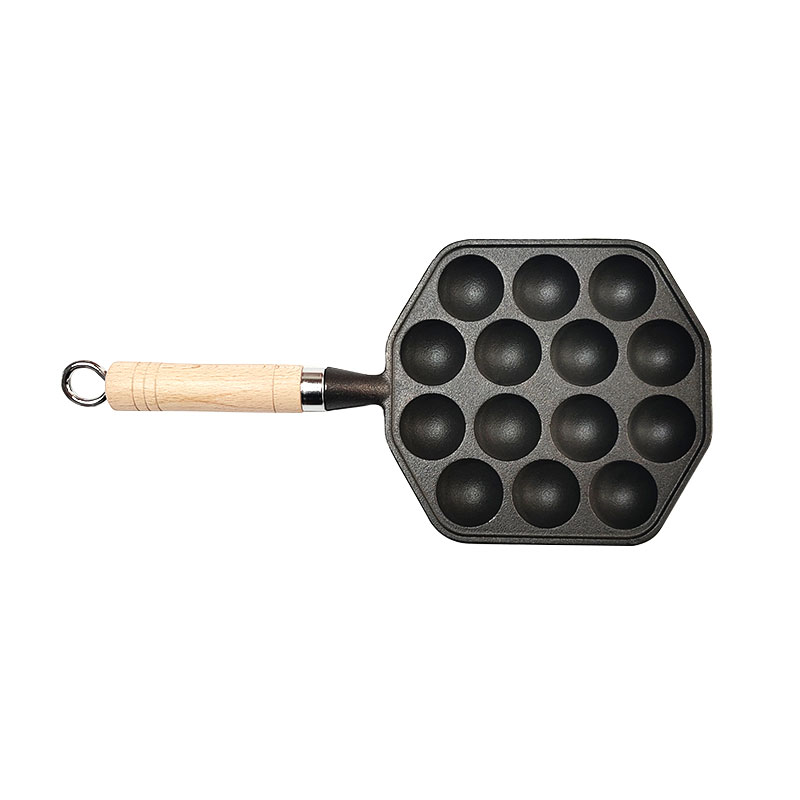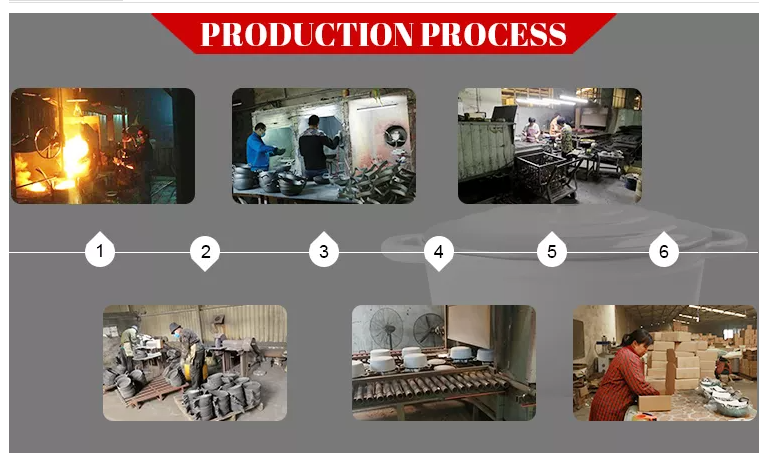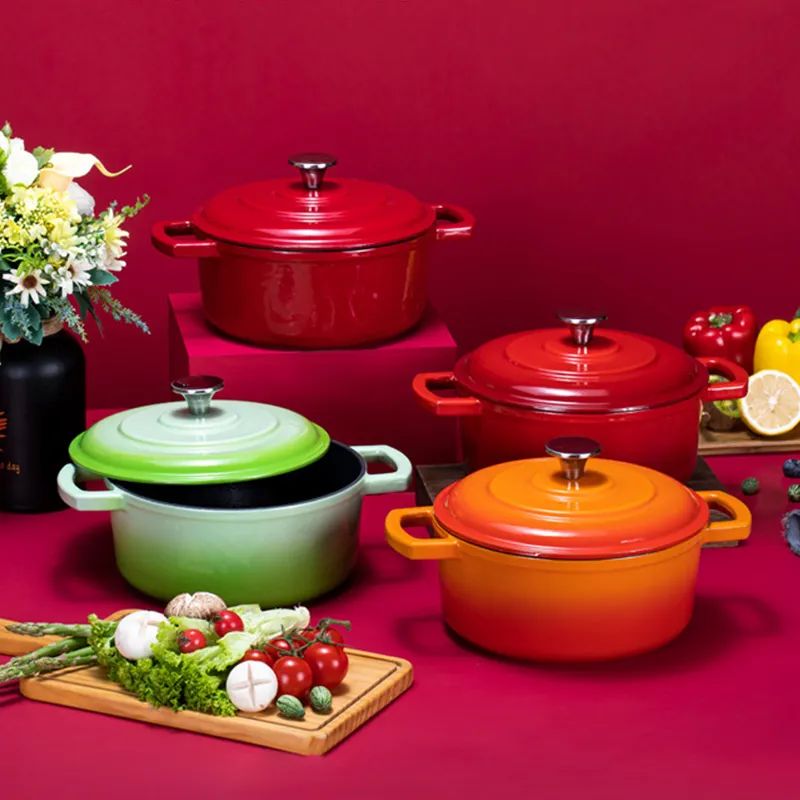- Afrikaans
- Albanian
- Amharic
- Arabic
- Armenian
- Azerbaijani
- Basque
- Belarusian
- Bengali
- Bosnian
- Bulgarian
- Catalan
- Cebuano
- Corsican
- Croatian
- Czech
- Danish
- Dutch
- English
- Esperanto
- Estonian
- Finnish
- French
- Frisian
- Galician
- Georgian
- German
- Greek
- Gujarati
- Haitian Creole
- hausa
- hawaiian
- Hebrew
- Hindi
- Miao
- Hungarian
- Icelandic
- igbo
- Indonesian
- irish
- Italian
- Japanese
- Javanese
- Kannada
- kazakh
- Khmer
- Rwandese
- Korean
- Kurdish
- Kyrgyz
- Lao
- Latin
- Latvian
- Lithuanian
- Luxembourgish
- Macedonian
- Malgashi
- Malay
- Malayalam
- Maltese
- Maori
- Marathi
- Mongolian
- Myanmar
- Nepali
- Norwegian
- Norwegian
- Occitan
- Pashto
- Persian
- Polish
- Portuguese
- Punjabi
- Romanian
- Russian
- Samoan
- Scottish Gaelic
- Serbian
- Sesotho
- Shona
- Sindhi
- Sinhala
- Slovak
- Slovenian
- Somali
- Spanish
- Sundanese
- Swahili
- Swedish
- Tagalog
- Tajik
- Tamil
- Tatar
- Telugu
- Thai
- Turkish
- Turkmen
- Ukrainian
- Urdu
- Uighur
- Uzbek
- Vietnamese
- Welsh
- Bantu
- Yiddish
- Yoruba
22/24/26 CM Premium Round Enamel Cast Iron Casserole Pot With Two Handles FAQs
How Do I Decide Which Size Among 22/24/26 Cm Is Right For My Cooking Needs?


The 22 - CM casserole pot is perfect for small - scale cooking, ideal for couples or individuals. It's great for making single - serving stews, small - batch casseroles, or side dishes. The 24 - CM size strikes a balance, suitable for most family dinners with 3 - 4 people, allowing you to prepare hearty soups, medium - sized roasts, or one - pot pasta dishes. If you frequently cook for larger gatherings, like family reunions or parties, the 26 - CM casserole pot is your best bet. It can handle large quantities of food, making it suitable for slow - cooking big batches of chili, roasting a whole turkey, or preparing substantial casseroles for a crowd.
What Are The Benefits Of The Round Shape And Enamel Coating For This Premium Cast Iron Casserole Pot?


The round shape of the casserole pot ensures even heat distribution, preventing hot spots and ensuring that all ingredients cook uniformly. This is crucial for slow - cooked dishes where consistent cooking is key to developing rich flavors. The enamel coating serves as a protective barrier, preventing the cast iron from rusting and reacting with acidic ingredients, so you can cook tomato - based sauces or acidic soups without worrying about a metallic taste. Additionally, the enamel provides a smooth, non - stick surface that makes cooking and cleaning a breeze, while also adding an aesthetic appeal, allowing you to serve directly from the pot.
How Should I Clean And Maintain The Enamel Coating Of The 22/24/26 Cm Premium Round Enamel Cast Iron Casserole Pot?


After use, let the pot cool completely. Wash it with warm, soapy water and a soft sponge or non - abrasive cloth. Avoid using steel wool, abrasive scrubbers, or harsh chemical cleaners, as they can scratch the enamel coating. For stubborn stains, soak the pot in warm water with baking soda for 15 - 20 minutes before gently scrubbing. Once cleaned, dry the pot thoroughly, especially around the cast iron edges and the handle joints, to prevent rusting. Periodically applying a thin layer of cooking oil to the interior can help maintain the enamel's luster and the pot’s non - stick properties.
Can The 22/24/26 Cm Premium Round Enamel Cast Iron Casserole Pot With Two Handles Be Used On All Cooktops?


Yes, this high - quality casserole pot is compatible with gas, electric, induction, and ceramic cooktops. The cast iron base ensures efficient heat conduction on gas and electric cooktops, while its magnetic properties make it suitable for induction cooking. On ceramic cooktops, the flat base allows for even heat distribution without scratching the surface, enabling you to use it across different kitchen setups effortlessly.
What Kind Of Warranty And After - Sales Service Is Provided For The 22/24/26 Cm Premium Round Enamel Cast Iron Casserole Pot With Two Handles?


We offer a [X] - year limited warranty on this premium casserole pot. The warranty covers manufacturing defects, including chipped enamel, loose handles, or structural issues that occur under normal use. If you encounter any problems within the warranty period, simply contact our customer service team with your order details and a description of the issue. We will provide prompt solutions, such as repair, replacement, or refund, to ensure your satisfaction with your purchase.


פרעגן זיך יעצט נאך וועגן גוס אייזן קאך-געצייג דיעלס
ביטע פילט אויס די פאָרעם אונטן און אונדזער מאַנשאַפֿט וועט זיך צוריקמעלדן צו אייך מיט פּרייזן, פּראָדוקט דעטאַילס און קאַסטאַמייזיישאַן אָפּציעס.










